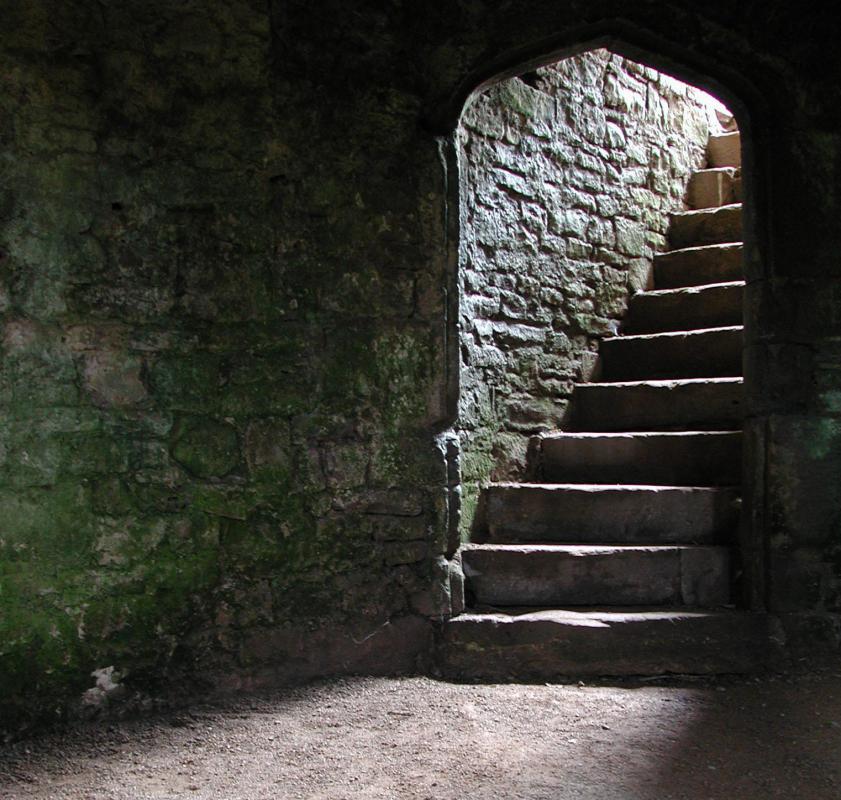At WiseGEEK, we're committed to delivering accurate, trustworthy information. Our expert-authored content is rigorously fact-checked and sourced from credible authorities. Discover how we uphold the highest standards in providing you with reliable knowledge.
How do I Determine Radon Risk?
Radon is a naturally occurring form of radiation that is released when uranium breaks down in soil. The gas is completely colorless, odorless, and prominent in many homes and older buildings. Indoor concentrations of radon have been found to be very hazardous to human health; it is a leading cause of lung cancer and it has been linked with a number of other long-term health problems. Determining radon risk in a home or business is important to preserve the health and safety of residents. People can find out about radon risk by looking at radon distribution maps, purchasing home test kits, and hiring professional evaluators.
Many city, state, and federal governments offer maps and information regarding the prevalence of radon over various geographical areas. National health and environmental protection websites frequently update statistics about potential radon risk, showing distribution maps that accent the areas where uranium and radon content are highest. Some private geological surveyors can also provide reliable information about radon risk in certain areas. It is important to remember that radon maps are generalized, and that an individual home or building may still be subject to high levels of radon even if it is in a geographic area of statistically low uranium content.

Home testing kits can offer more direct measures of radon risk. Test kits are commercially available at many hardware and home building stores, online retailers, and government-sponsored organizations. There are many types of kits that offer either short- or long-term evaluations of radon risk. A short-term kit included a detector that an individual can place in a basement or the lowest floor of a house, where the highest levels of radon are most likely to exist. The detector measures radon for about one week, and is then sent off to a laboratory for analysis.
Short-term test kits can be helpful in determining the presence of radon, but their measurements are not always accurate. Radon levels tend to fluctuate over time, and a short term meter might under- or overestimate average levels. Many experts recommend long-term test kits, which take measurements over the span of a year or more, to get a better representation of radon risk.
In order to precisely determine the risk of radon exposure, a person can hire a team of government or private radon experts. Radon testers make use of sophisticated equipment to check for radiation and gas in the air, foundations, surrounding soil, and water supplies over time. Most professional radon testers are also trained in radon mitigation, meaning they can take measures to reduce the amount of radon in a house or building. Mitigation may involve installing a fan or vacuum system, or possibly rebuilding an entire foundation. By effectively testing and mitigating radon, professionals can help protect an individual's home and family.
AS FEATURED ON:
AS FEATURED ON:











Discuss this Article
Post your comments